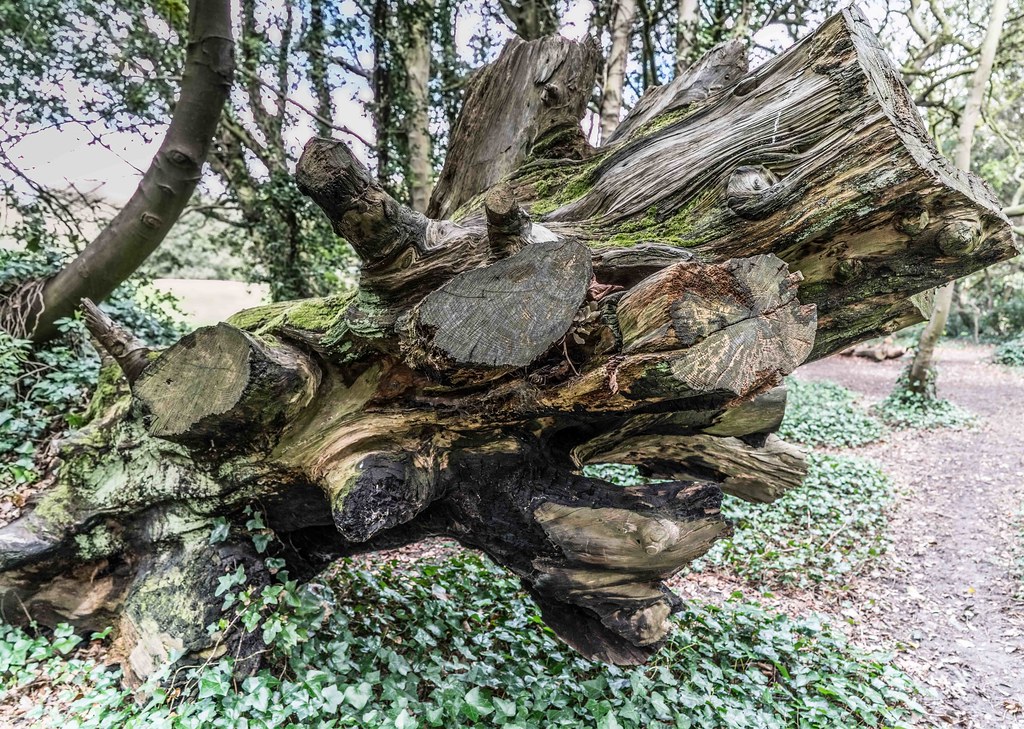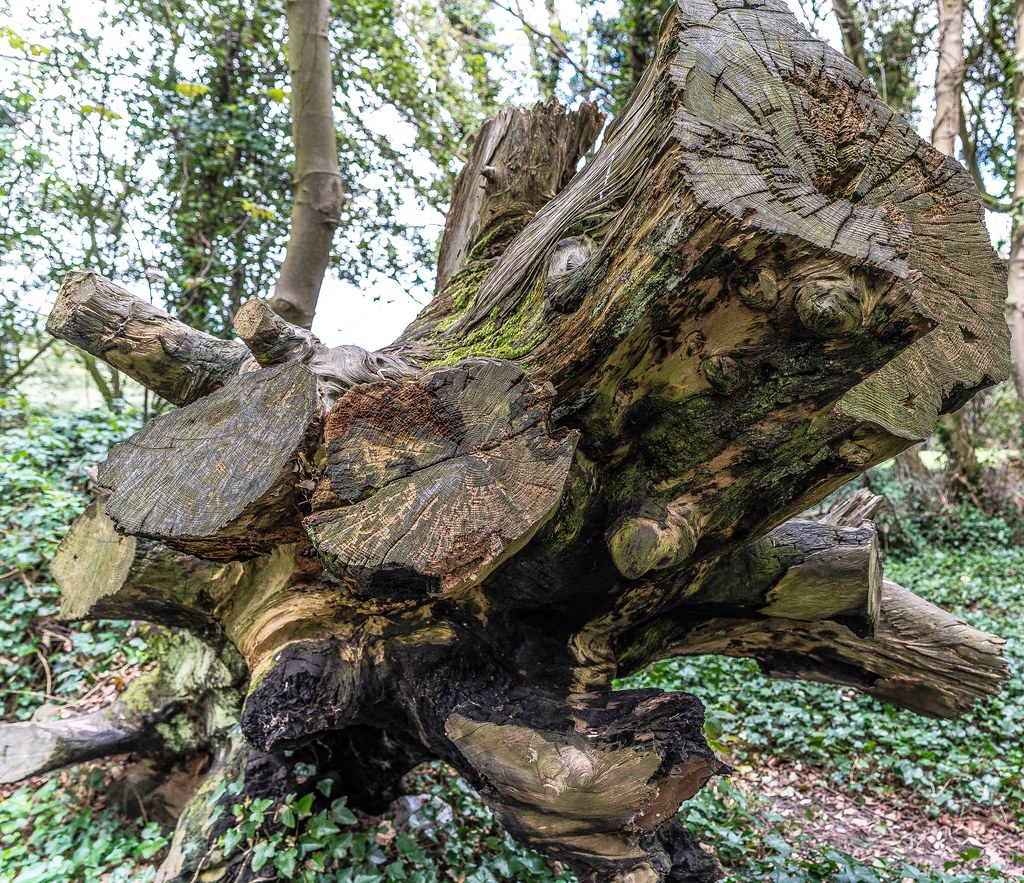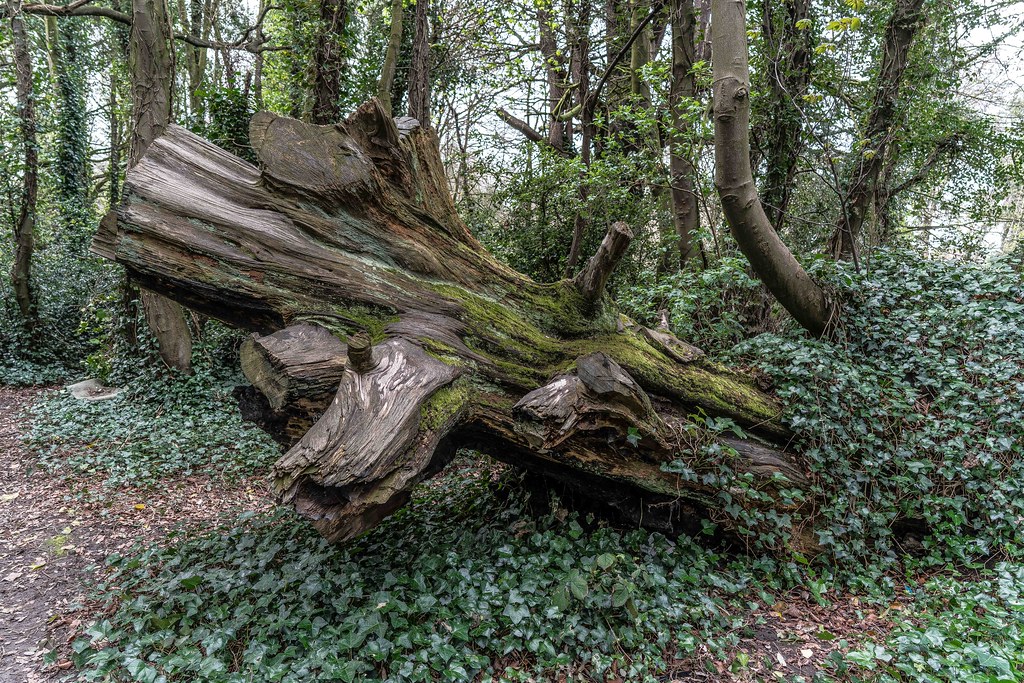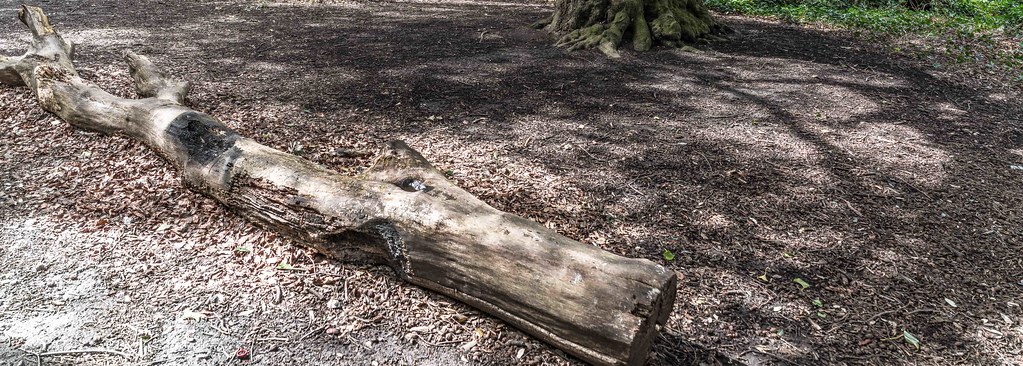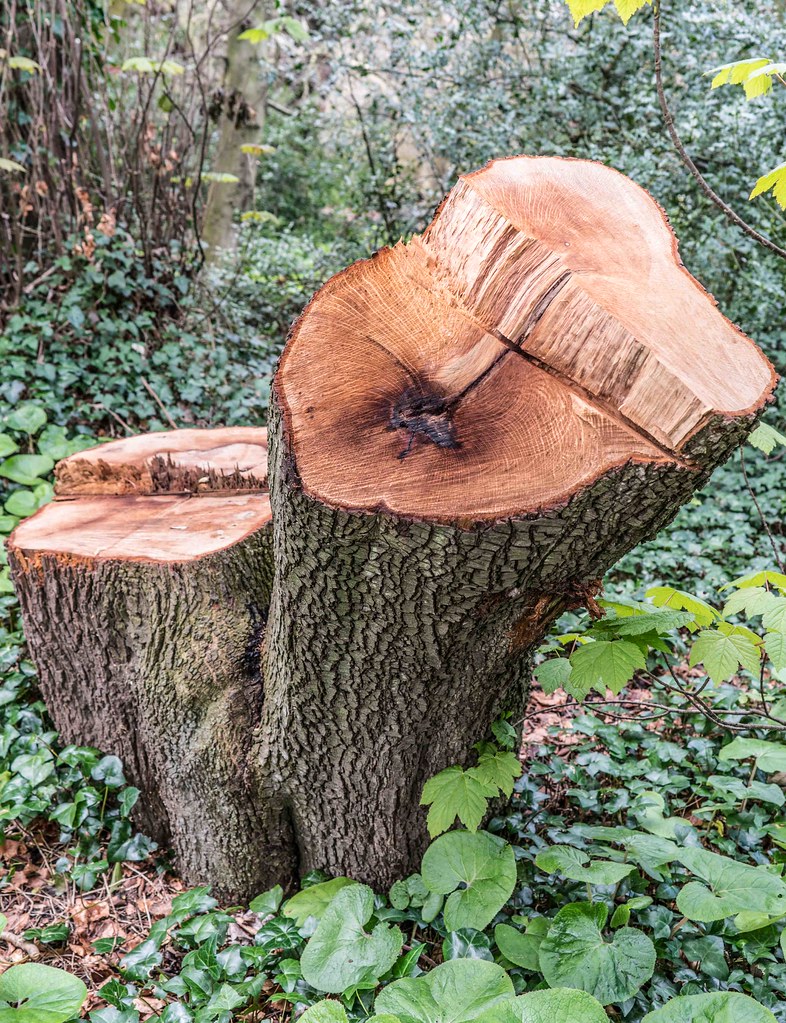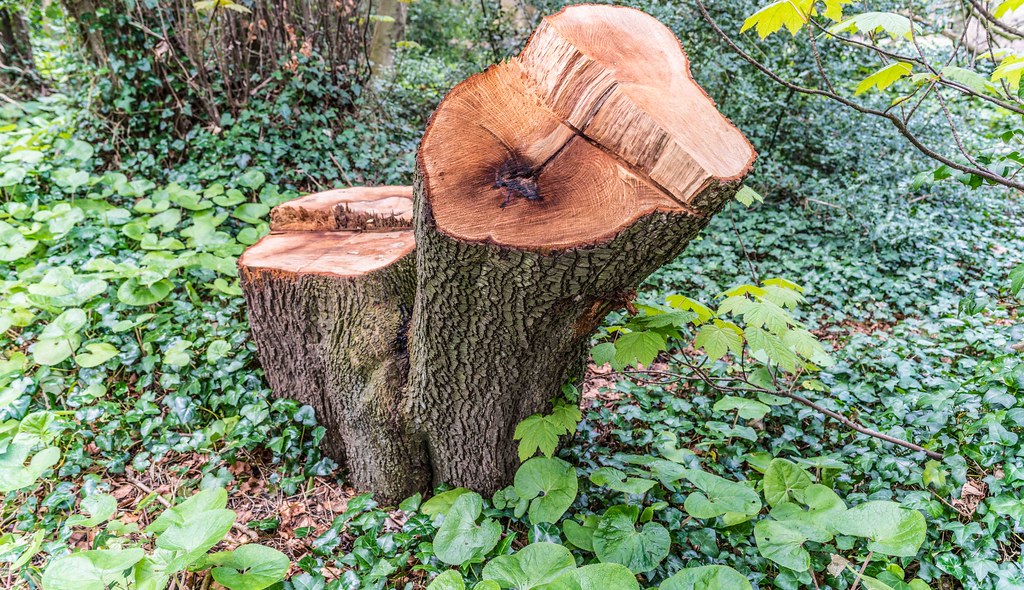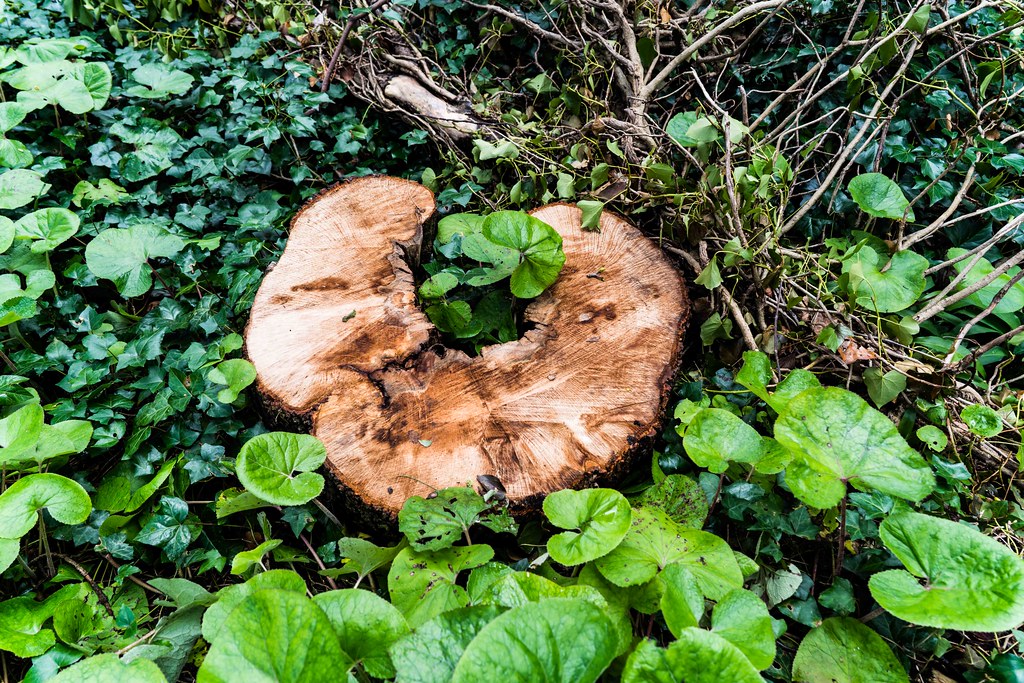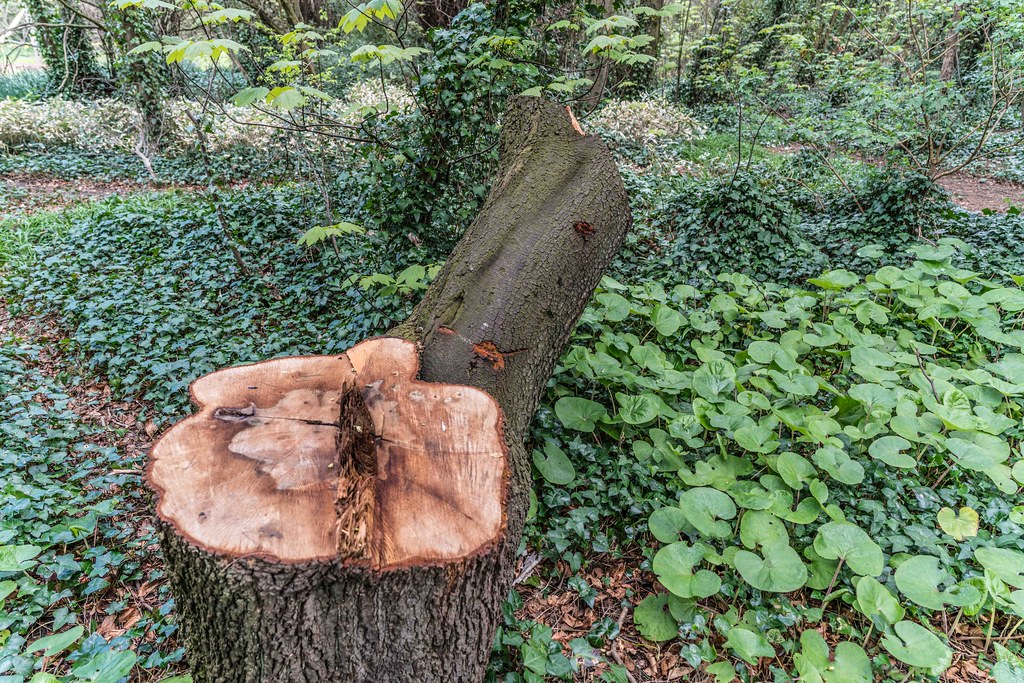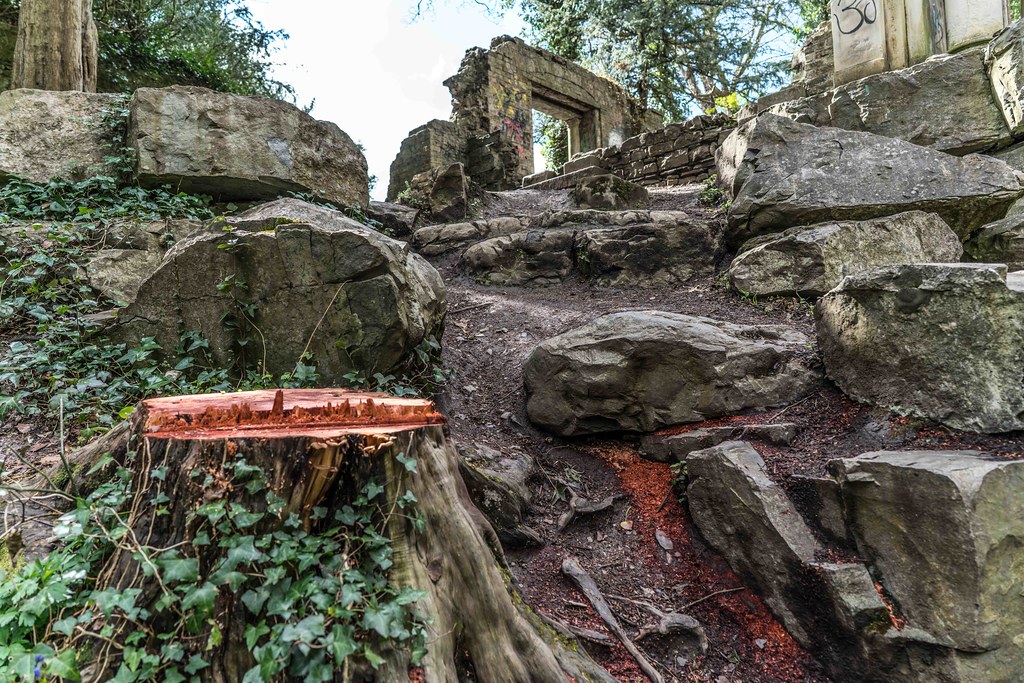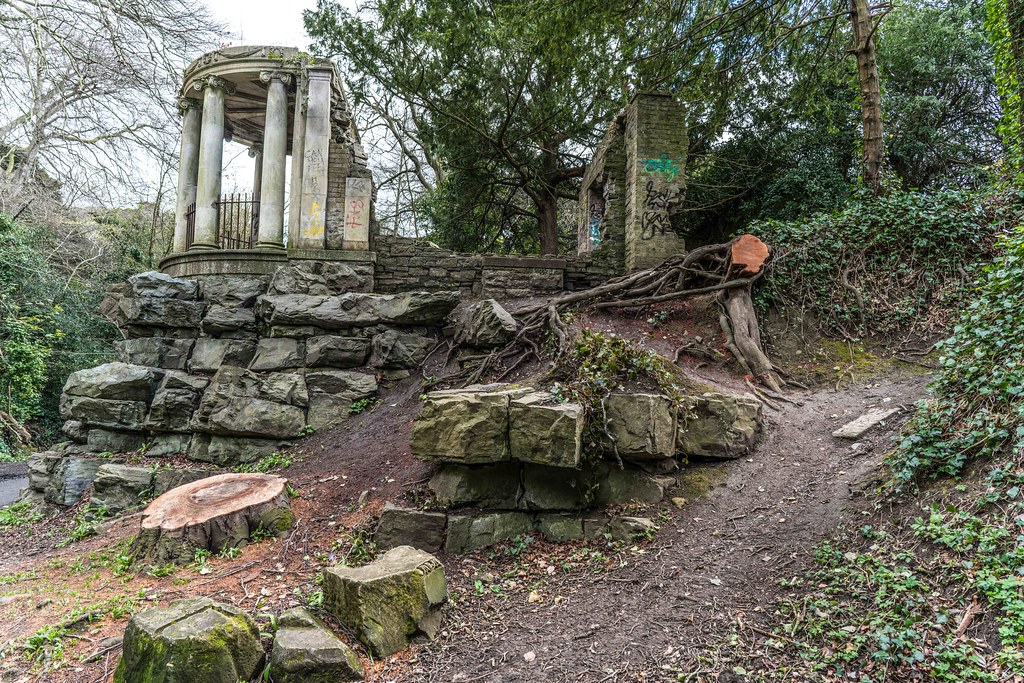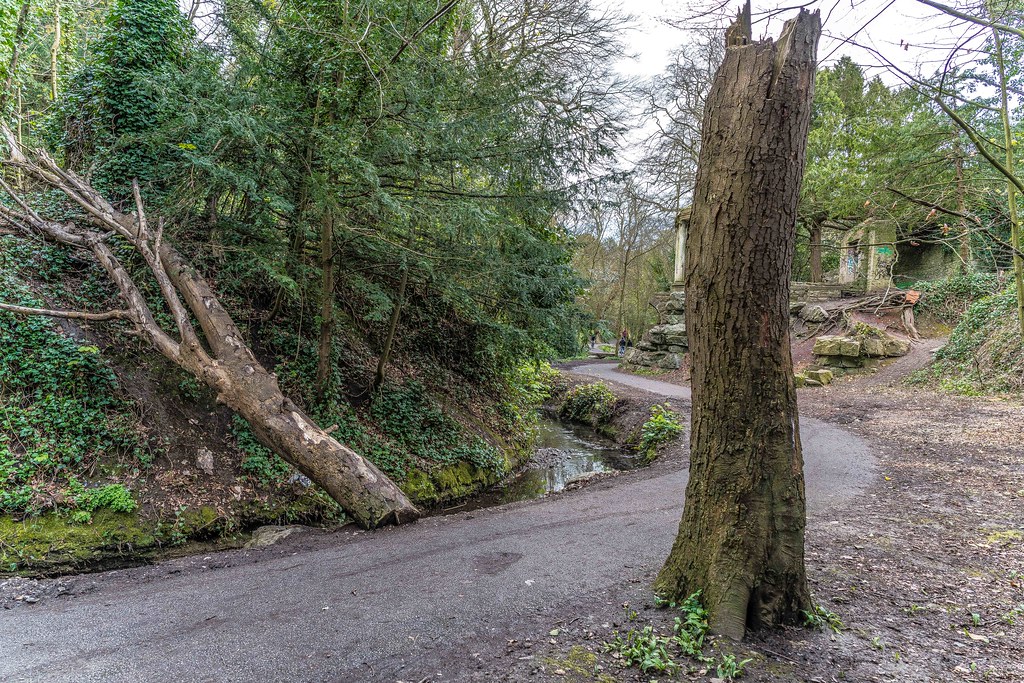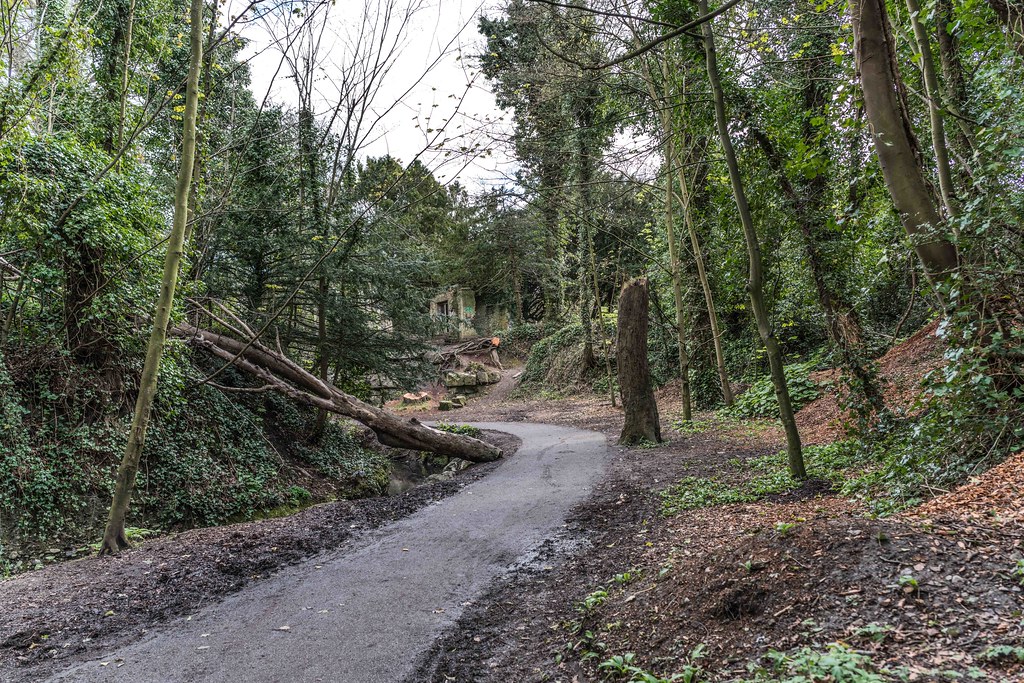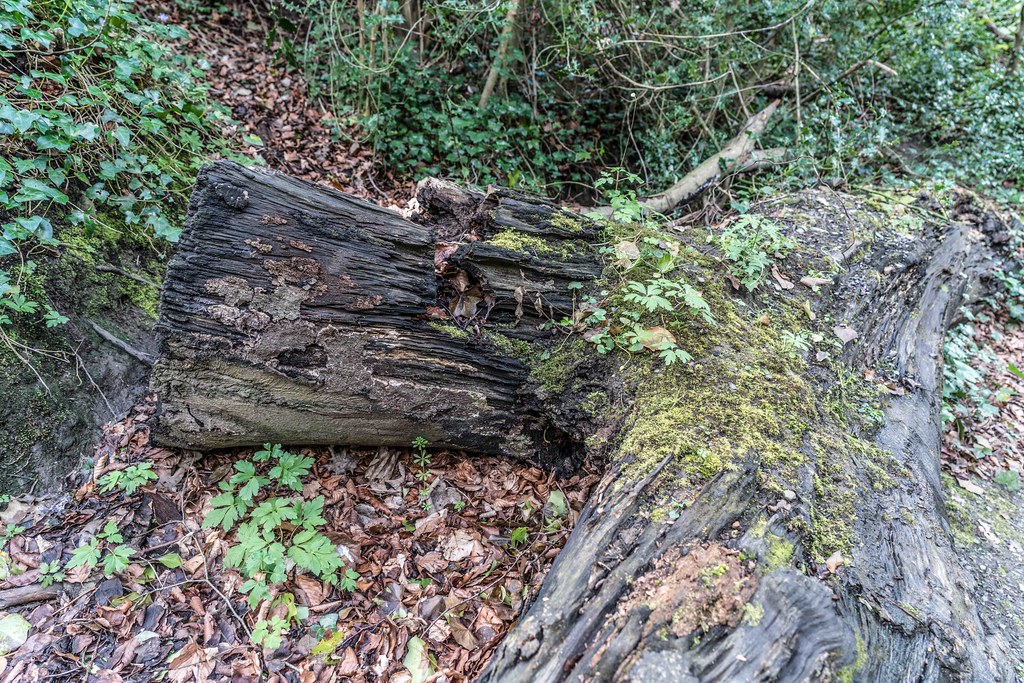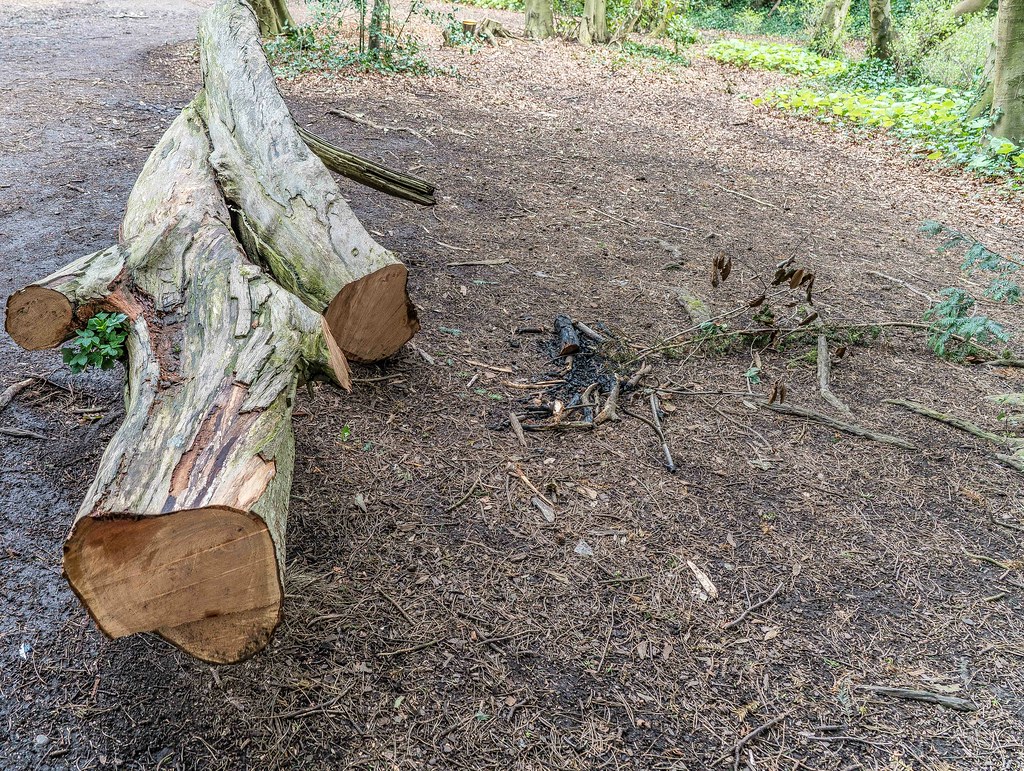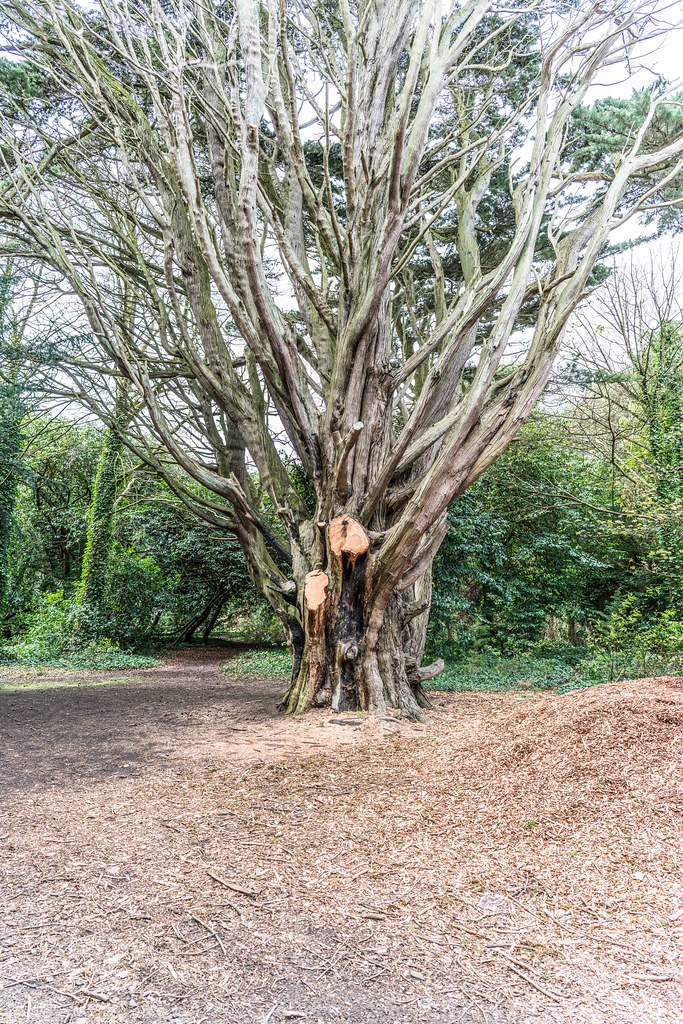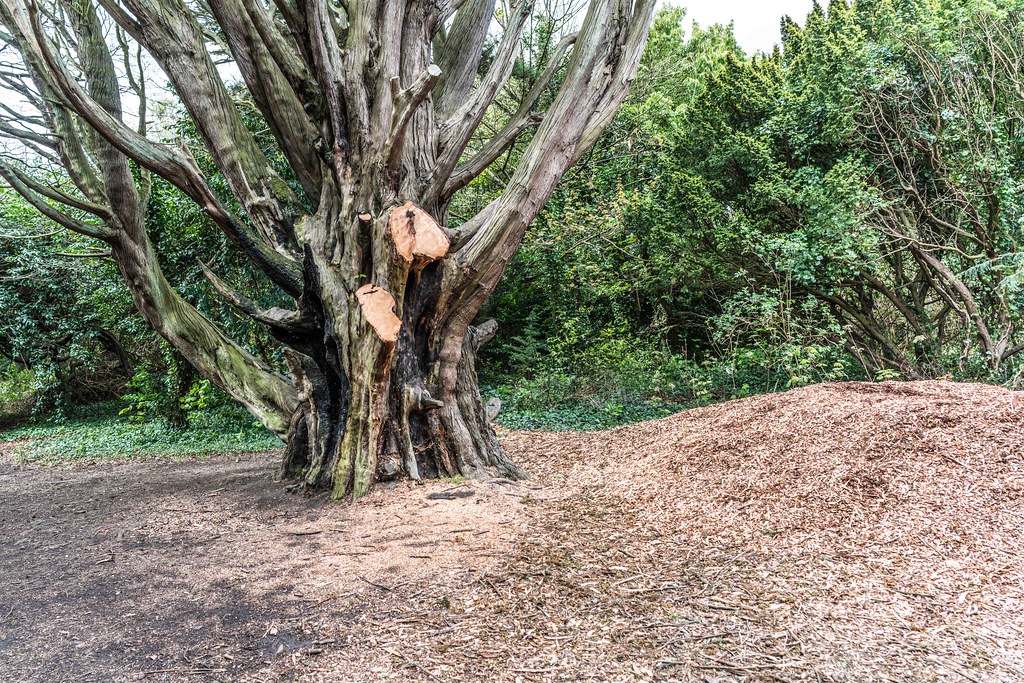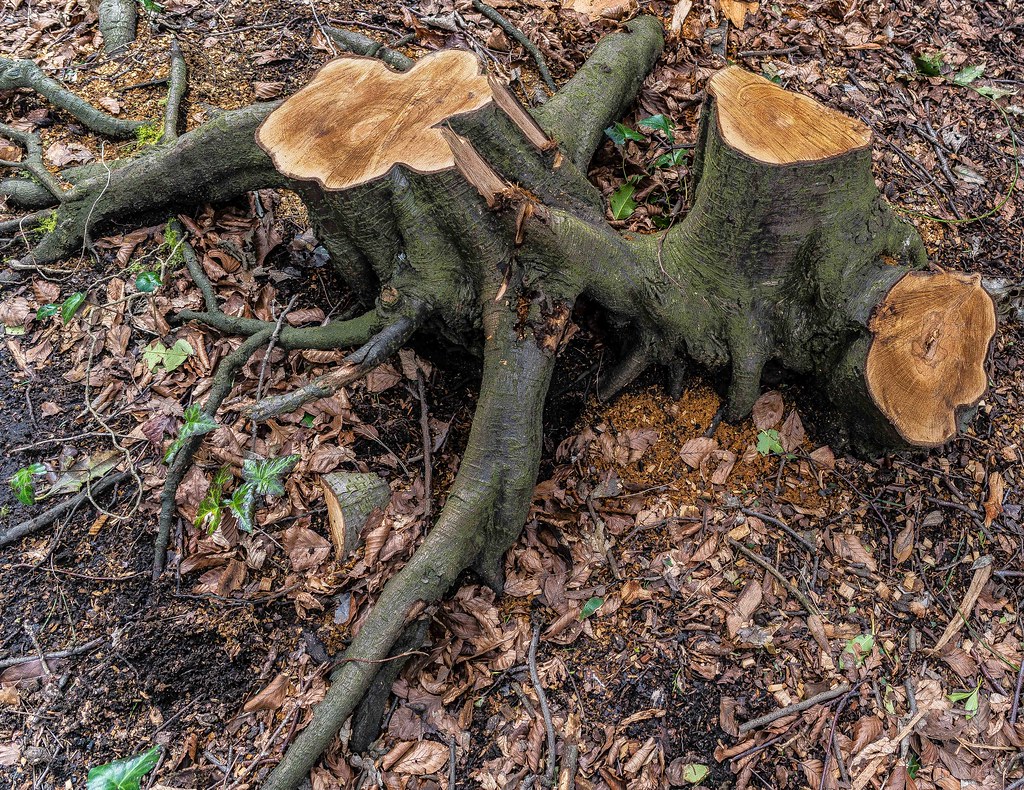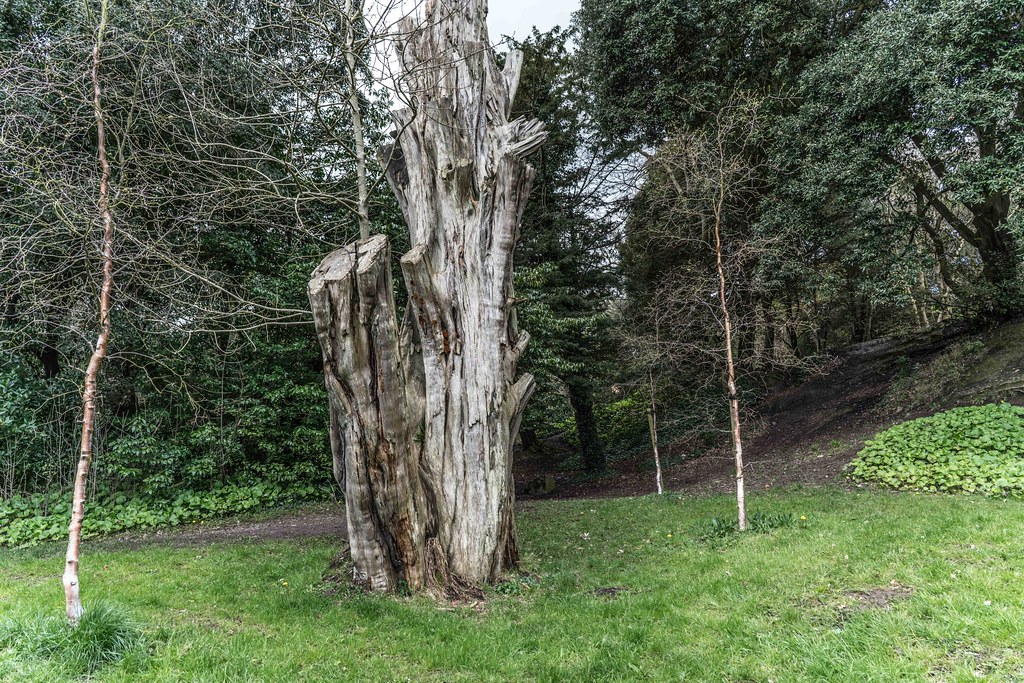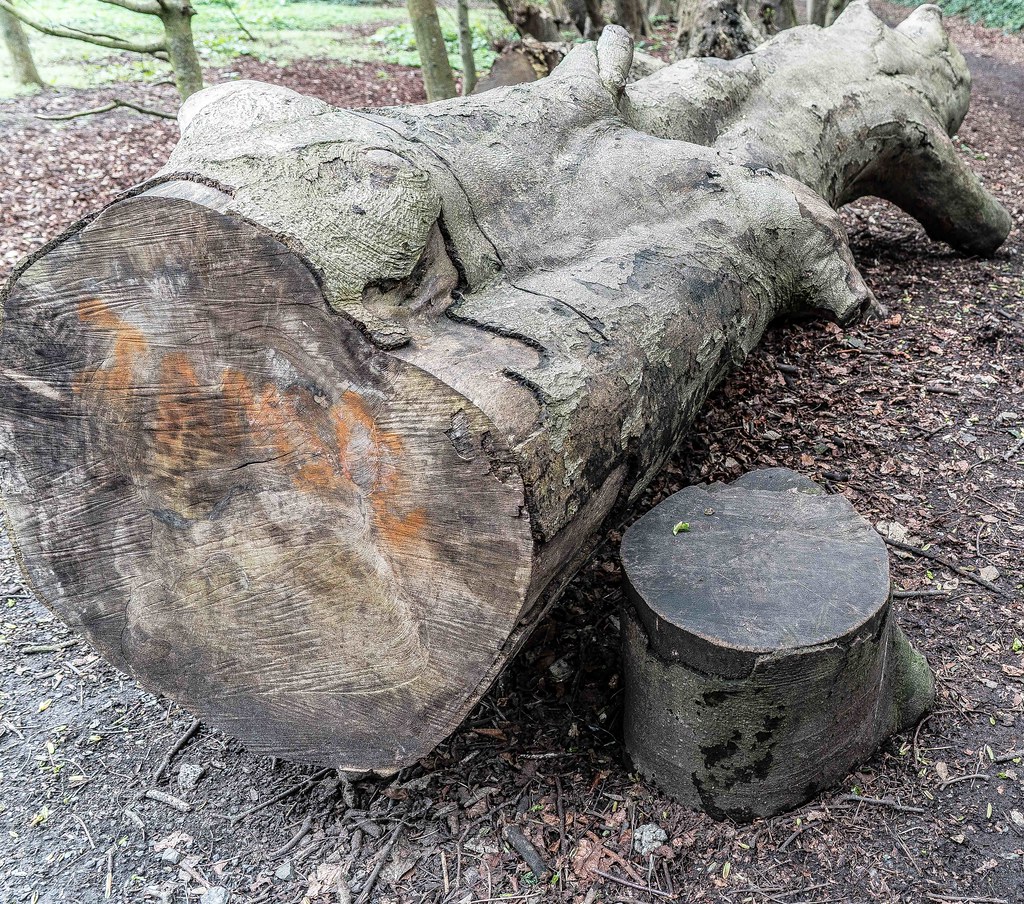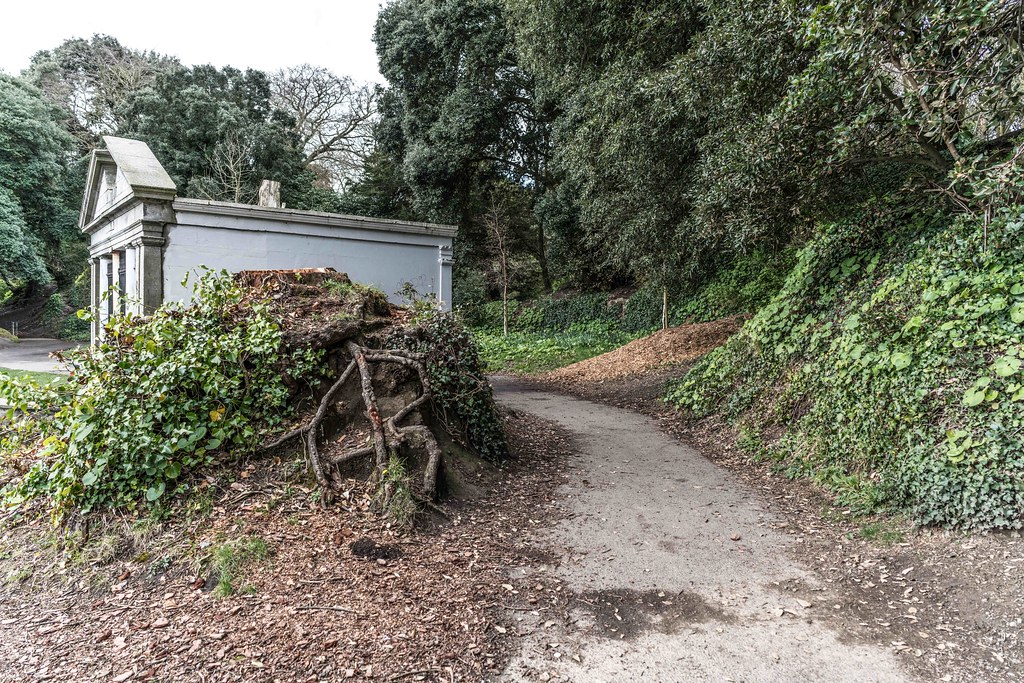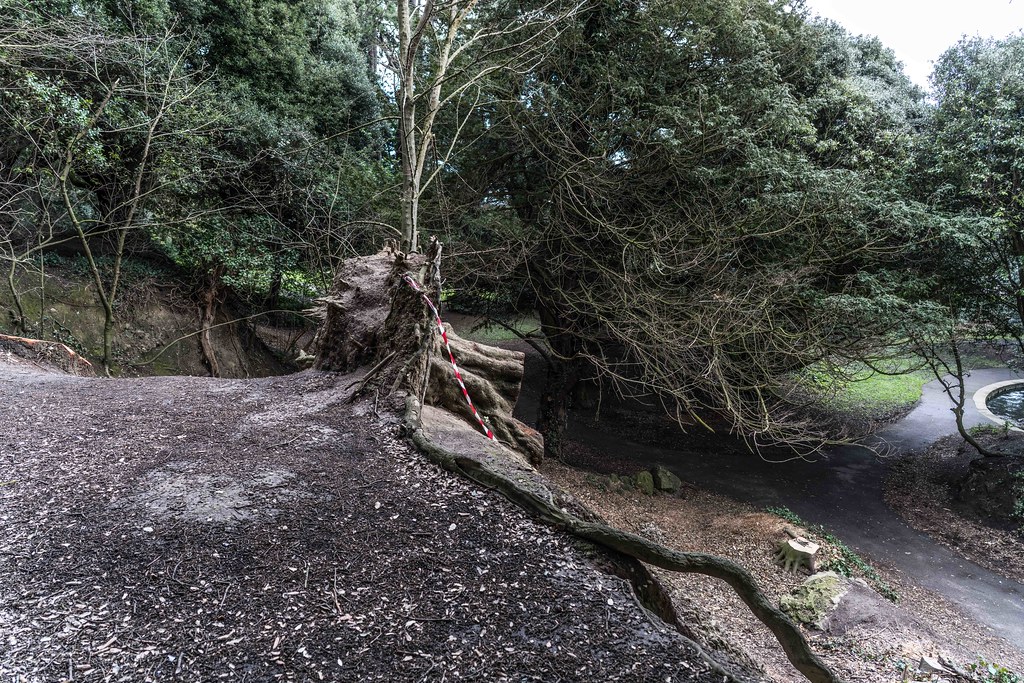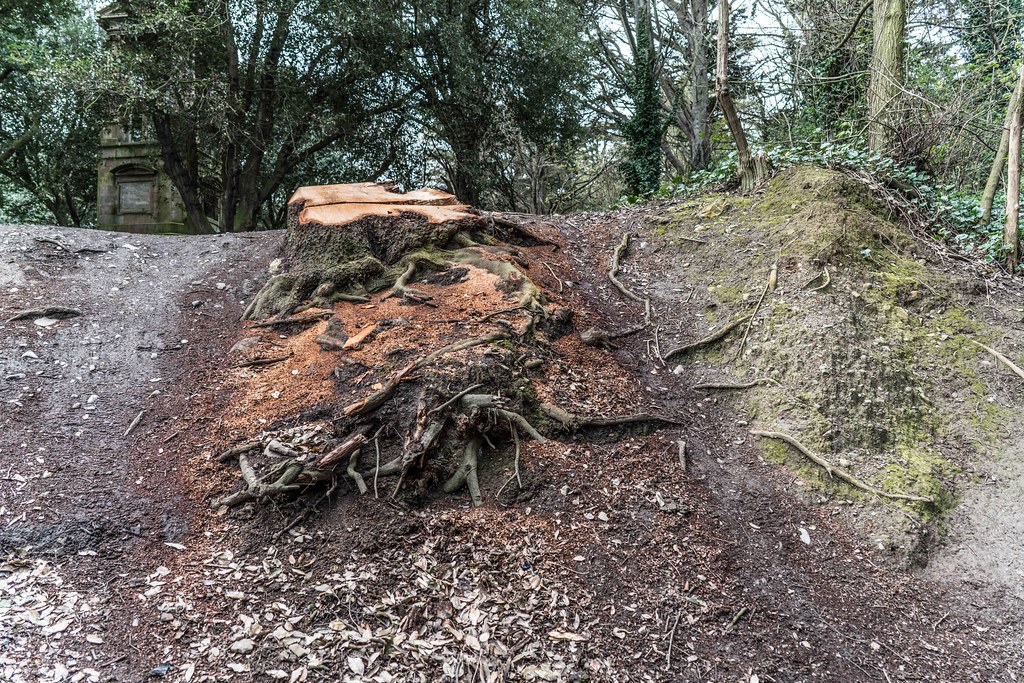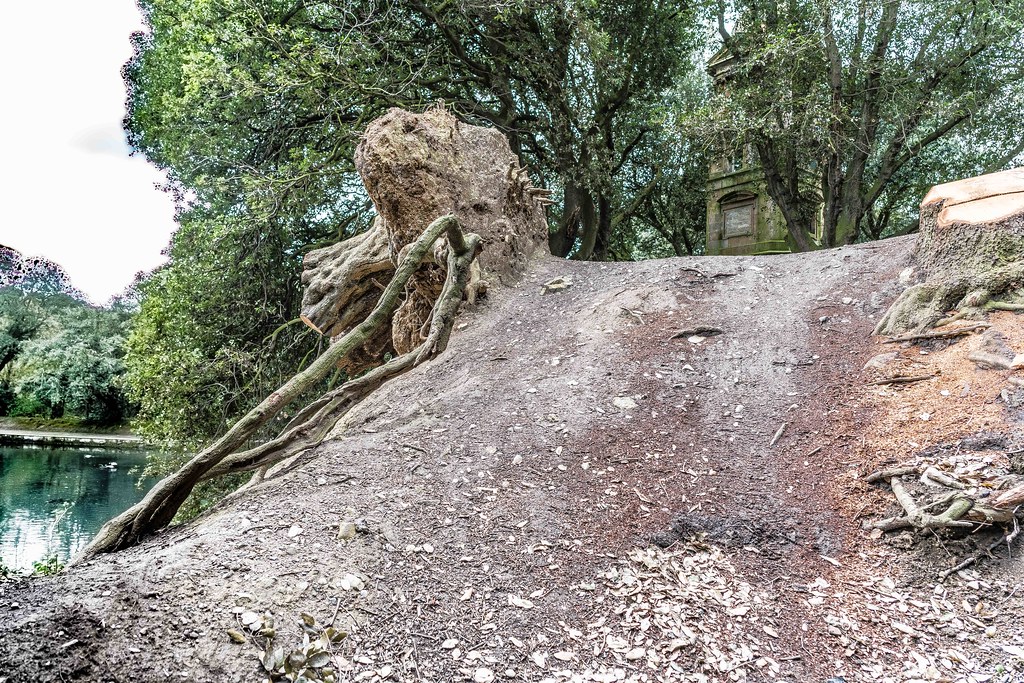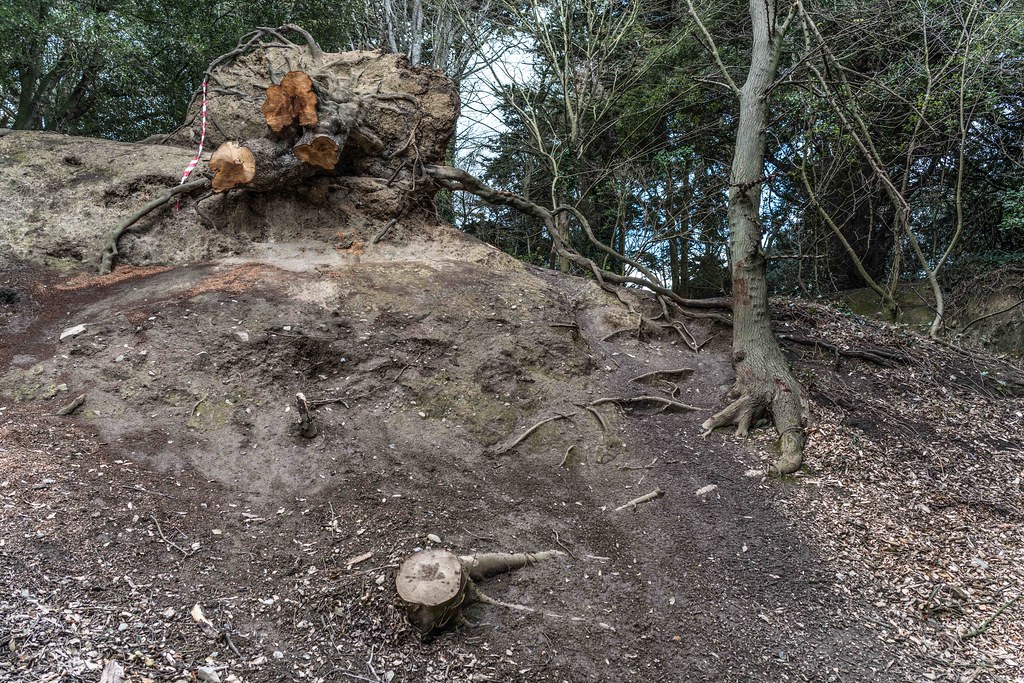OLD TREES NEVER DIE THEY JUST GET RECYCLED
Dublin City - Official Policy For Removal of Trees - Trees are removed only when necessary as a last resort.
The criteria for tree removal are:
If a site where a tree was removed is suitable to support a new tree, the site may be replanted with a suitable tree species. Because the stump has to be placed on a stump removal list and sufficient time needs to elapse to allow breakdown of residual underground root material, the
process from removal to replanting may take up to 3-5 years. Replacement tree planting will only take place during the dormant season.
The criteria for tree removal are:
- The tree is dead, dying or is considered hazardous due to its poor structural or biological condition,. Hazardous conditions may exist above and/or below ground and may include significant root, trunk or crown decay, split trunks and crotches, and large dead limbs.
- The tree has declined beyond the point of recovery and is no longer meeting the functional or aesthetic requirements of a street tree. Typically, a tree with 30 percent or less of its foliage remaining would meet this criterion.
- Fatally diseased trees (eg. Ash dieback, Fireblight Disease) may be removed before they reach the primary threshold in order to prevent the spread of disease to healthy trees.
- To allow space for development of nearby trees that may be more desirable for retention
- To allow space for new planting
- To make way for any approved engineering or building works when unavoidable construction work will immediately compromise the stability or viability of the tree.
- Tree proven to be causing significant structural damage that cannot be reasonably addressed by an alternative solution and proactive tree management has had no mitigating effect.
- To abate actionable nuisance
- The trunk of the tree is within 2m of a public lighting column and the long term viability of the tree if retained in its location would be compromised by a requirement for ongoing maintenance in order to maintain the effectiveness of the adjoining street light.
If a site where a tree was removed is suitable to support a new tree, the site may be replanted with a suitable tree species. Because the stump has to be placed on a stump removal list and sufficient time needs to elapse to allow breakdown of residual underground root material, the
process from removal to replanting may take up to 3-5 years. Replacement tree planting will only take place during the dormant season.
SORRY FOR THE DELAY
